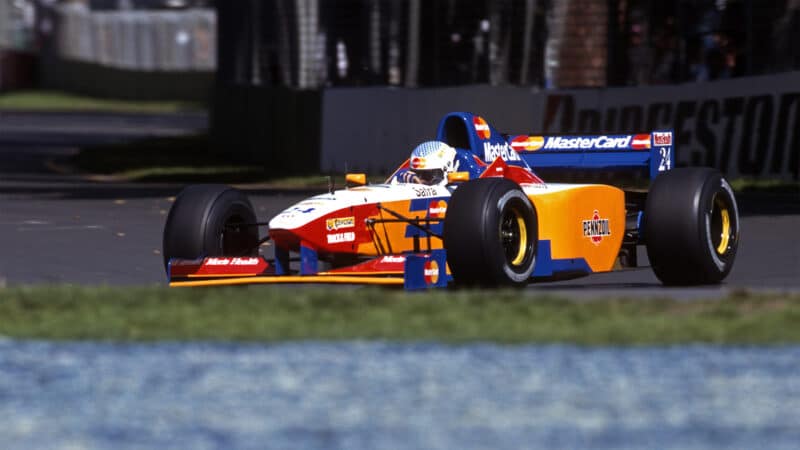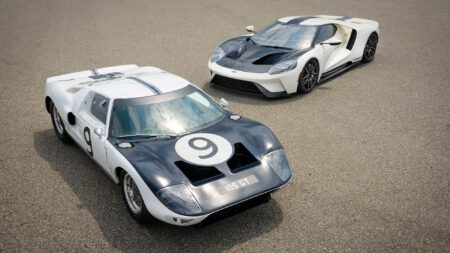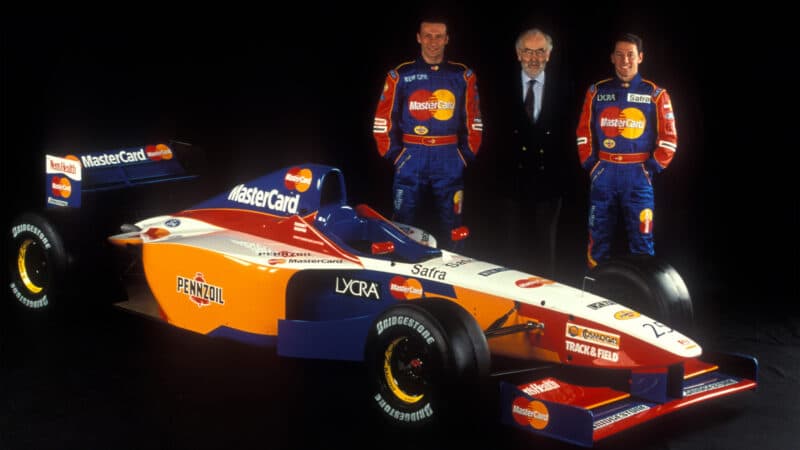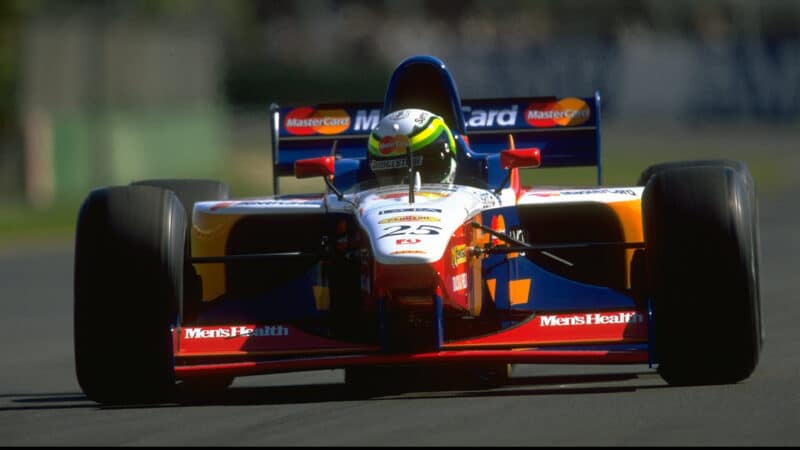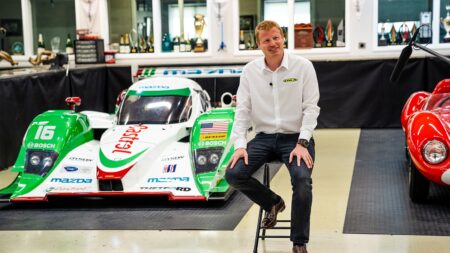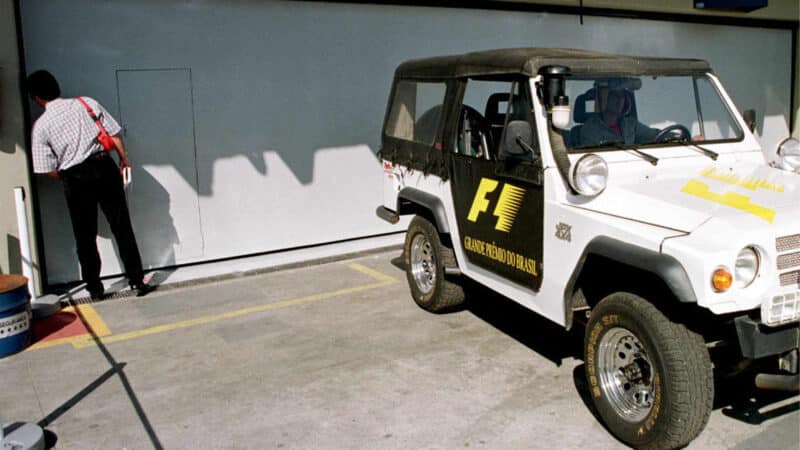The deal was done in late 1996, initially with a view to racing in 1998. However, encouraged by the sponsor, Broadley didn’t want to wait. Against the advice of others he insisted on joining Stewart GP as a new entrant in the following year’s World Championship.
Lola obviously had proven manufacturing capability, but the company lacked the infrastructure to actually operate the cars, which were to be powered by outdated Ford Zetec V8s. The man tasked with pulling everything together was team manager Ray Boulter.
“I had run the Middlebridge F3000 team, and we had Lolas for a couple of years,” he recalls. ”So I think I had a good connection with them. Then Middlebridge brought Brabham, and I ran that until it died.
“I was working for Nick Mason, looking after his collection of cars, and I got a phone call from somebody at Lola saying would I be interested in running an F1 team? So I went up there, had an interview, and unfortunately, I got the job!
“I think I knew even at the interview with Eric that there were issues. He asked me some questions and I said, ‘Well, you’re obviously short of money.’ He got all uppity and said, ‘What makes you say that?’ I said, ‘If you had unlimited funds, you’d have Jean Todt sitting here. But you haven’t, you’ve got me!’”
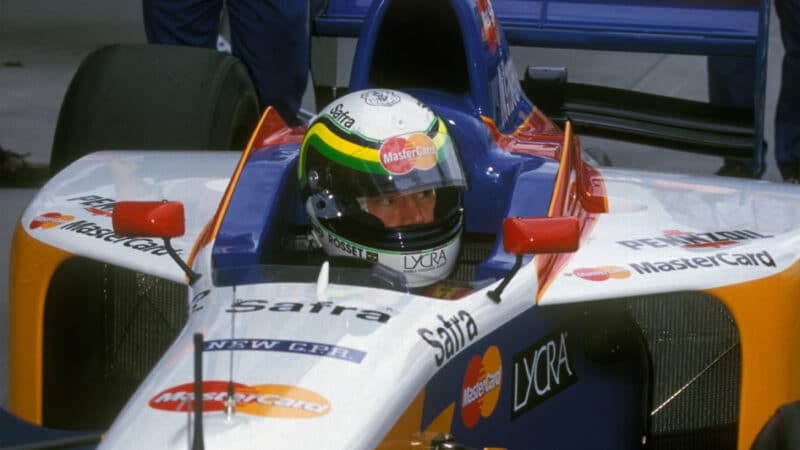
Lola’s problems began long before a car even hit the track
Grand Prix Photo
Boulter sensed that even within Lola there were doubts about the project: “I said to him the biggest part of the job was going to be integrating an F1 team into the factory. And it was exactly right. There were people that were really up for it in the factory, and people that were really anti. And it was trying to tread that line between the two.
“Everybody was saying to Eric: ‘Why do we have to do it?’ Stewart had spent 18 months on it, they’d spent a year going to races investigating what equipment they needed and all that sort of stuff.”
Boulter faced a huge challenge given that the first race in Australia was on March 9, so he had just four months to build an F1 team from scratch.
“I was the first guy that started on the team, on November 1 1996,” he says. “They had nothing, although they built cars, they had nothing to run a car, they had no jacks, they didn’t have anything at all. We didn’t take anybody from the factory, and I employed everybody, apart from the design staff.
